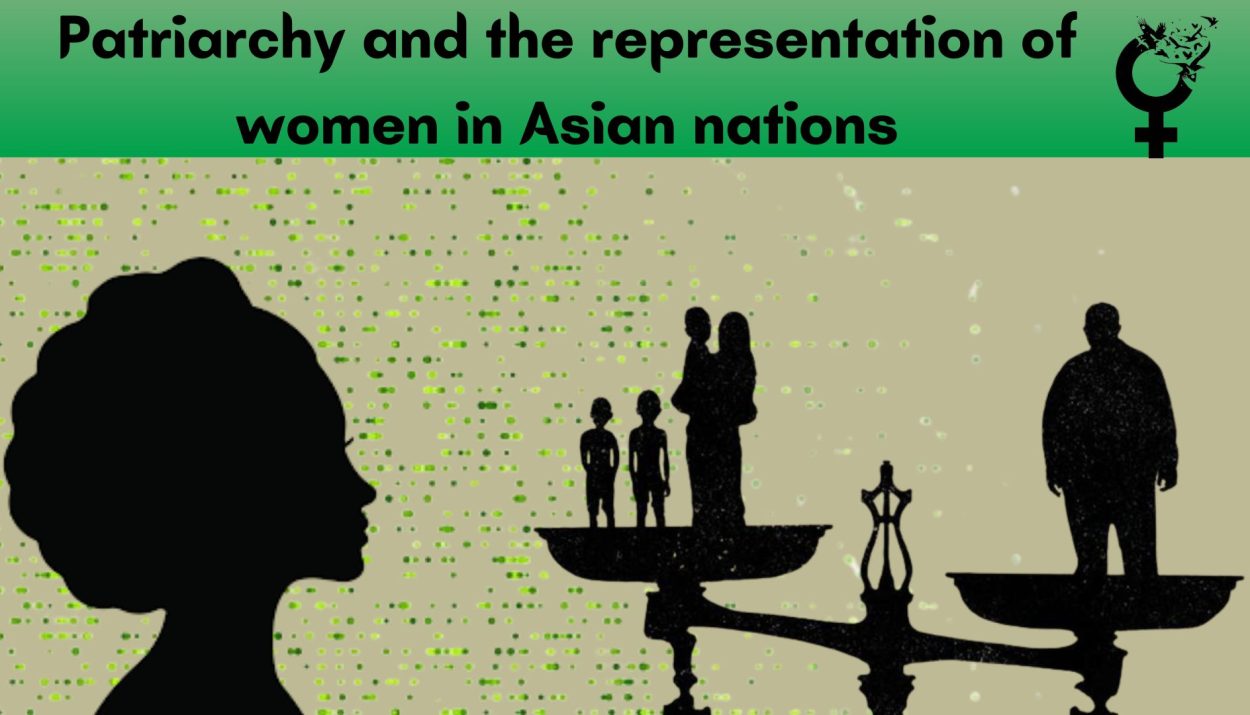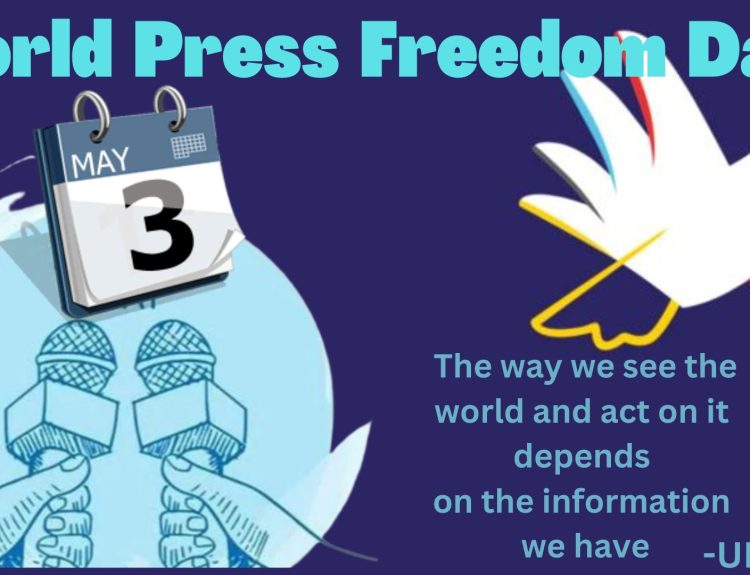The issue of patriarchy and its impact on the representation of women in Asian nations is a complex and multifaceted topic. In this article, we delve into the intricate dynamics that shape patriarchy and its influence on the representation of women in Asian Nations. Understanding these dynamics is crucial for appreciating the challenges women face and the progress they strive to achieve. Deeply ingrained in patriarchal norms and traditions, these consequences have far-reaching and detrimental effects on the personal, economic, and future prospects of women and girls, as well as on their families and the broader community.
The 2023 Global Gender Gap Index, compiled by the World Economic Forum, evaluates progress toward gender parity and compares countries’ gender gaps based on four key dimensions: economic opportunities, education, health, and political leadership. According to this, Eurasia and Central Asia hold the fourth position among the eight regions, achieving a 69% parity score on the overall Gender Gap Index. In the East Asia and Pacific region, the score is 68.8%, ranking it fifth among the regions. Southern Asia, with a gender parity score of 63.4%, ranks second-lowest among the eight regions.
What is Patriarchy?
Patriarchy is a social system where men hold primary power and dominant roles in political leadership, economic control, and social authority. It often leads to the subordination of women, reinforcing gender inequalities and traditional gender roles.
Patriarchy is a society in which the oldest male is the leader of the family or a society controlled by men in which they use their power to their own advantage (Cambridge Dictionary).
Patriarchy is a social organization marked by the supremacy of the father in the clan or family, the legal dependence of wives and children, and the reckoning of descent and inheritance in the male line (Merriam-Webster Dictionary).
The Influence of Cultural Traditions
Asia is a diverse continent with a rich tapestry of cultural traditions. These traditions often play a significant role in shaping gender roles and expectations. In many Asian societies, traditional gender norms have been deeply entrenched for centuries. Women have been assigned specific roles within the family and society, often centred around caregiving, homemaking, and preserving cultural values.
In various regions, women were enlisted as affordable labourers in plantations, including those producing tea, sugar, tobacco, and rubber, as well as in processing factories. At the local level within colonial regimes, efforts were made to reinforce the dominant position of men as household heads and to modify traditional laws that had previously granted women substantial autonomy. These changes contributed to a prevailing preference for male offspring over female ones.

School textbooks frequently perpetuate gender stereotypes that favour males over females, and in some cases, these stereotypes find support in religious teachings. Additionally, women often receive lower compensation than men for performing equivalent work.
The Dichotomy of Modernization
While some Asian nations have made significant strides in modernizing their economies and societies, the influence of patriarchal norms still persists. The process of modernization has brought about changes in women’s participation in the workforce and education. The rise in female literacy rates coupled with greater exposure to Western feminist ideas, motivated women from privileged backgrounds to address concerns related to gender inequality.
This shift has challenged traditional gender roles where women were primarily confined to household duties. For instance, in countries like India and China, the growth of the technology and services sectors has opened up employment opportunities for women in traditionally male-dominated fields. The modernization process can lead to generational gaps in values. Younger generations may challenge traditional patriarchal norms and demand greater gender equality, as seen in some parts of China and India.
Read- Empowering Women in the Digital Landscape
Media and Its Impact
Media plays a pivotal role in shaping societal perceptions and expectations. Media stands as one of a nation’s most significant resources, shaping our perception of reality. Among the various influences that shape our perception of women, media exerts one of the most pervasive and influential impacts.
Media often perpetuate gender stereotypes in Asia, depicting women in traditional roles as caregivers, homemakers, or subservient to men. These portrayals can reinforce societal expectations and limit opportunities for women to pursue diverse roles and careers. Soap operas, dramas, and movies often depict women in submissive or victimized roles, reinforcing traditional gender roles. This can affect how women perceive their own roles and status in society.

On a positive note, social media platforms have allowed women in Asia to raise their voices on various issues, connect with like-minded individuals, and advocate for change. This has been particularly evident in movements related to gender equality and women’s rights. If women utilize new media to highlight overlooked aspects of women’s experiences, foster connections among women, and facilitate the establishment of global partnerships, they can provide a platform for women’s voices that traditional mainstream media have not adequately represented.
Political and Legal Reforms
During the late nineteenth century, male leaders primarily concentrated on achieving political independence, while educated women were just as committed to addressing issues such as polygamy, divorce, domestic abuse, and the financial obligations of fathers. When women did manage to participate in the political sphere, they frequently encountered marginalization within a predominantly male-dominated culture, with substantial power remaining firmly in the hands of men.
Several Asian nations have made progress in enacting legal reforms to promote gender equality. These reforms encompass issues such as property rights, domestic violence, and workplace discrimination. However, the implementation of these laws and their impact on women’s lives varies widely across countries, highlighting the need for continued advocacy and awareness.
Grassroots Movements and Activism
Despite the challenges posed by patriarchal structures, numerous grassroots movements and women’s rights activists have emerged across Asia. These individuals and groups work tirelessly to challenge traditional gender norms, promote women’s rights, and advocate for greater representation of women in politics and decision-making roles.
Here are some examples-
The Women’s League of Burma – Myanmar: This network of women’s organizations in Myanmar works tirelessly to promote the rights of women and ethnic minorities.
Sisters in Islam (SIS) – Malaysia: As mentioned earlier, SIS challenges traditional gender norms within an Islamic framework. They advocate for women’s rights and work to reform discriminatory laws and practices in Malaysia.
Women’s Rehabilitation Center (WOREC) – Nepal: WOREC is a grassroots organization that works to combat gender-based violence, promote women’s rights, and empower women in Nepal.

The Road Ahead
The representation of women in Asian nations is a topic of ongoing debate and transformation. While the influence of patriarchy remains pervasive, there are clear signs of progress and change. As societies evolve and adapt to the demands of the modern world, women in Asia are actively participating in reshaping their roles and challenging traditional norms.
In conclusion, the representation of women in Asian nations is deeply intertwined with the influence of patriarchy and cultural traditions. Understanding the complexities of this issue is essential for fostering gender equality and empowering women to take on more diverse and influential roles in society. As Asia continues to evolve, so too will the opportunities and challenges faced by women, making their representation an integral part of the region’s ongoing narrative.
References
Visualizing the data: Women’s representation in society- UN Women
Women in Southeast Asia- Asia Society







